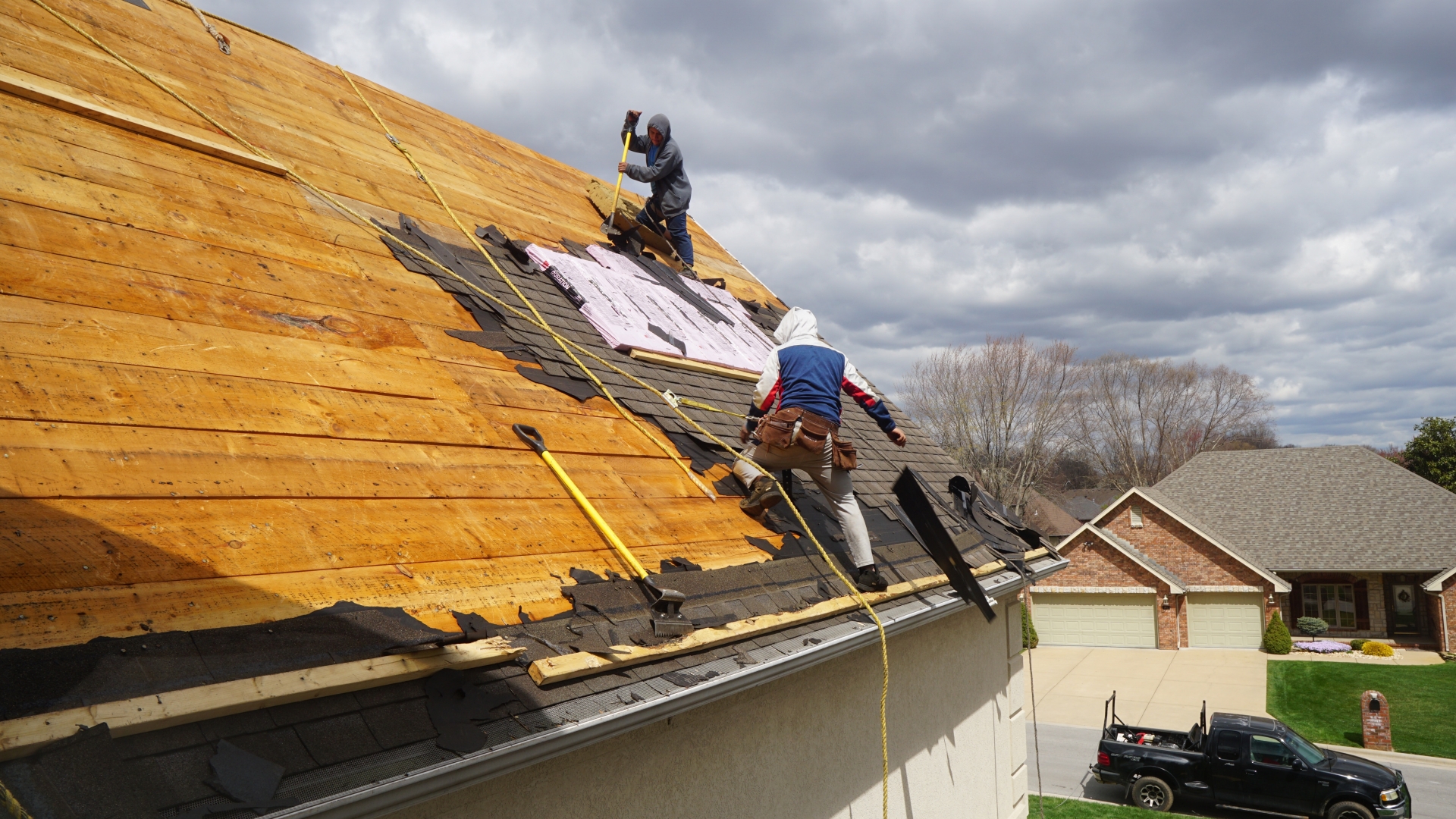When it comes to maintaining a comfortable and healthy home environment, proper ventilation in roofing plays a crucial role. Ventilation not only helps in regulating indoor temperature but also aids in moisture control, preventing potential damage to the structure of your home. In this article, we will delve into the importance of ventilation in roofing, various ventilation systems, its impact on energy efficiency, signs of poor ventilation, and tips for improvement.
Understanding the Importance of Proper Ventilation
Preventing Heat Buildup
One of the primary functions of roof ventilation is to prevent heat buildup in the attic space. During hot weather, without adequate ventilation, the attic can become excessively hot, leading to increased temperatures inside the house. This can result in discomfort for occupants and put additional strain on cooling systems, leading to higher energy bills.
Moisture Control
Proper ventilation also helps in controlling moisture levels in the attic. Without adequate ventilation, condensation can build up, leading to the growth of mold and mildew. This not only poses health risks to occupants but can also cause structural damage to the roof and walls over time.
Different Types of Roof Ventilation Systems
Ridge Vents
Ridge vents are installed along the peak of the roof and allow hot air to escape from the attic while drawing in cooler air from the soffit vents. This continuous airflow helps in maintaining proper ventilation throughout the attic space.
Soffit Vents
Soffit vents are installed under the eaves of the roof and allow fresh air to enter the attic space. They work in conjunction with ridge vents to facilitate airflow, ensuring efficient ventilation and preventing moisture buildup.
Gable Vents
Gable vents are installed on the gable ends of the roof and help in expelling hot air from the attic. While not as effective as ridge vents, they still contribute to improving ventilation in the attic space.
How Ventilation Impacts Energy Efficiency
Proper roof ventilation can significantly impact the energy efficiency of your home. By preventing heat buildup in the attic, ventilation reduces the workload on air conditioning systems, leading to lower energy consumption and utility bills. Additionally, adequate ventilation can help extend the lifespan of roofing materials by reducing thermal stress and moisture-related damage.
Signs of Poor Roof Ventilation
Attic Mold and Mildew
One of the telltale signs of poor roof ventilation is the presence of mold and mildew in the attic. If you notice musty odors or black spots on the walls and ceiling of the attic, it indicates excessive moisture buildup, which can be detrimental to both the health of occupants and the integrity of the structure.
Ice Dams
During the winter months, inadequate ventilation can lead to the formation of ice dams on the roof. Ice dams occur when melted snow refreezes at the eaves of the roof, causing water backup and potential water damage to the roof and interior of the home.
High Utility Bills
If you notice a sudden increase in your energy bills, it could be due to poor roof ventilation. Without proper ventilation, the attic can trap heat, forcing your cooling systems to work harder to maintain a comfortable indoor temperature, leading to higher energy consumption and utility costs.
Importance of Professional Installation and Maintenance
Proper installation and regular maintenance of roof ventilation systems are essential to ensure optimal performance. It’s advisable to hire a professional roofing contractor who has experience in installing and maintaining ventilation systems. They can assess your home’s ventilation needs and recommend the most suitable solution based on factors such as roof design, climate, and budget.
Tips for Improving Roof Ventilation
Clearing Debris
Regularly inspect and clear debris such as leaves, branches, and dust from vents to ensure unobstructed airflow. Blocked vents can impede ventilation, leading to poor indoor air quality and potential damage to the roof.
Upgrading Insulation
Improving insulation in the attic can help regulate temperature and reduce the workload on ventilation systems. Proper insulation prevents heat loss during the winter months and heat gain during the summer, resulting in energy savings and enhanced comfort.
Using Reflective Roofing Materials
Consider using reflective roofing materials such as metal or asphalt shingles with reflective coatings. These materials help in reducing heat absorption and minimizing thermal transfer, keeping your home cooler during hot weather and reducing the need for excessive air conditioning.
Conclusion
In conclusion, proper ventilation is essential for maintaining a comfortable and healthy home environment. By preventing heat buildup and controlling moisture levels, roof ventilation systems play a crucial role in preserving the integrity of your home’s structure and improving energy efficiency. Regular inspection, maintenance, and professional installation are key to ensuring optimal ventilation performance and prolonging the lifespan of your roof.
FAQs
- How do I know if my roof ventilation is adequate?
You can check for signs such as mold growth, ice dams, and high energy bills. Consulting a professional roofer for an assessment is also recommended.
- Can I install roof ventilation systems myself?
While some ventilation components may be DIY-friendly, it’s best to hire a professional to ensure proper installation and adherence to building codes.
- How often should roof ventilation systems be inspected?
Roof ventilation systems should be inspected at least once a year, preferably before the start of the summer and winter seasons.
- What are the benefits of ridge vents compared to other ventilation systems?
Ridge vents provide continuous airflow along the peak of the roof, ensuring efficient ventilation without the need for mechanical fans or power sources.
- Can roof ventilation systems help in reducing attic temperatures during hot weather?
Yes, proper ventilation allows hot air to escape from the attic, helping to lower temperatures and reduce the strain on cooling systems.
